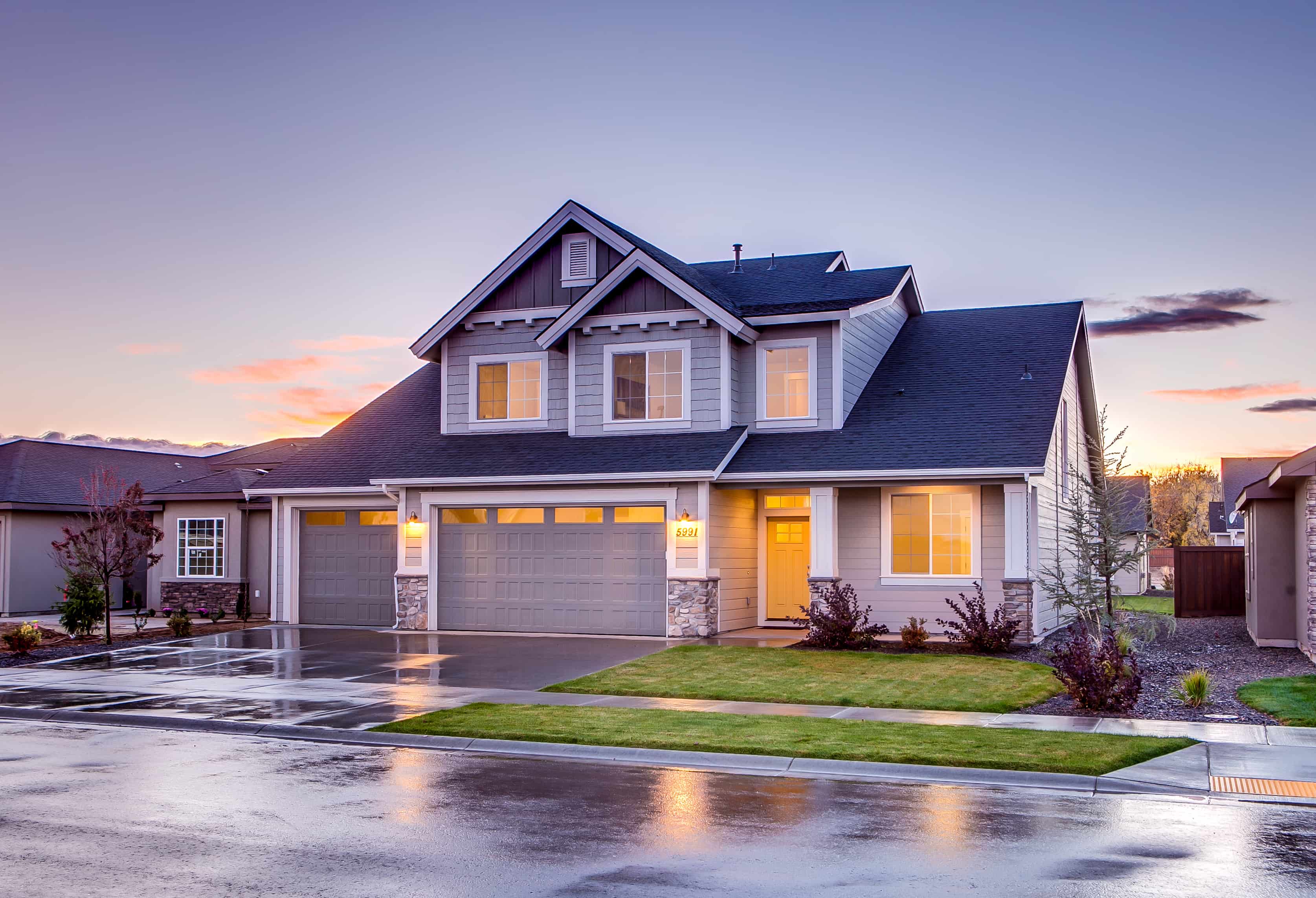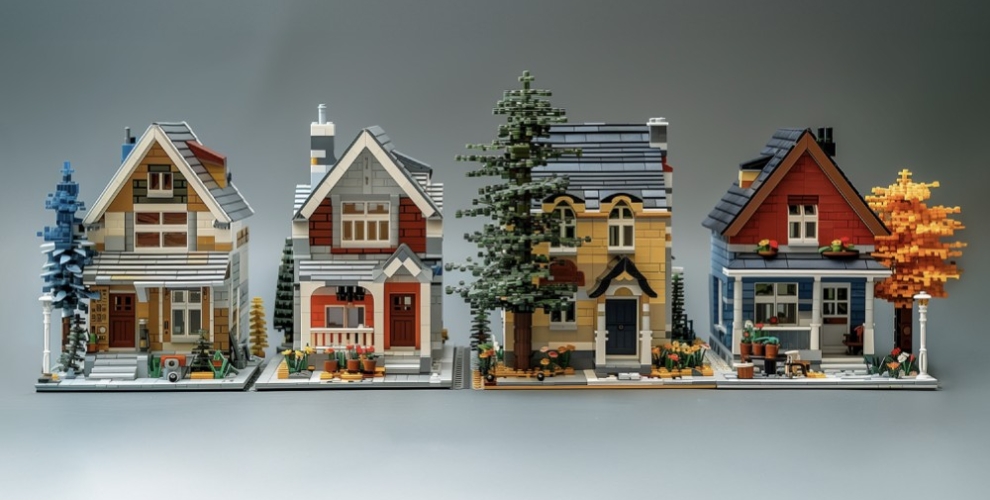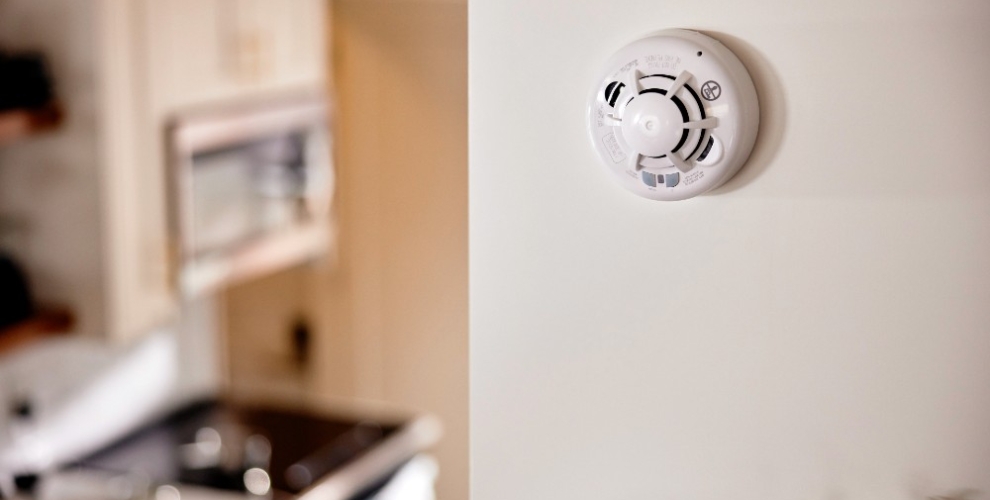Winter dangers for carbon monoxide poisoning
Winter is actually the riskiest season for carbon monoxide poisonings, so it’s a good time to be informed and take extra precautions. Fortunately carbon monoxide detectors are fairly inexpensive and easy to install.
Carbon monoxide poisoning symptoms
At moderate levels of exposure, symptoms include headaches, dizziness, and nausea. If your carbon monoxide alarm sounds, gather family members and immediately leave the house. Seak fresh air, call the fire department, and visit an emergency room right away.
Where to install carbon monoxide detectors
Make sure to install carbon monoxide alarms in a central location on each level of your home, most importantly outside sleeping areas. Also be sure to place them more than five feet from ovens and away from bathrooms or areas with high humidity. It’s also a good idea to install one in the basement or in the same room as your furnace or boiler.
Here are some other important recommendations for carbon monoxide safety:
- Choose a CO alarm that has the label of a recognized testing laboratory.
- Install and replace carbon monoxide detectors according to manufacturer’s instructions. A typical life cycle of a carbon monoxide detector is 5-7 years, however it’s essential to replace batteries when necessary and test carbon monoxide detectors a few times per season.
- Make sure vents for the dryer, furnace, stove, and fireplace are clear of snow and debris, especially after snowstorms.
- Make sure all appliances in your home are installed and operated according to the manufacturer’s instructions and local building codes. Have a professional inspect your heating system and chimney annually.
- Never use gas appliances such as ranges, stoves, or dryers to heat your home. Choose appliances that vent their fumes outside whenever possible.
- Remove vehicles from the garage immediately after starting, even if the garage door is open.
- Never use any fuel-burning camping equipment inside a home, garage, or vehicle.
While some states do not require CO alarms be installed in residences, they are a simple solution for a significant safety risk, especially during colder months.
How to install a carbon monoxide detector
It's simple to install a CO detector in your garage and have it connected to your home security system. If the CO level reaches a high enough concentration, it triggers the alarm, warning the family to leave the garage. CO alarms will sound until the garage is cleared of gas. Remember, fire and smoke don't have to be present for the alarm to sound.
If you're still wondering where to place carbon monoxide detectors, here are some specifics. If your garage is enclosed and attached to your home, close to a room occupied by residents, be sure to place a CO detector within 10 feet of the door to the garage. It's also important to place a CO detector in any rooms above the garage, particularly close to a sleeping area.




